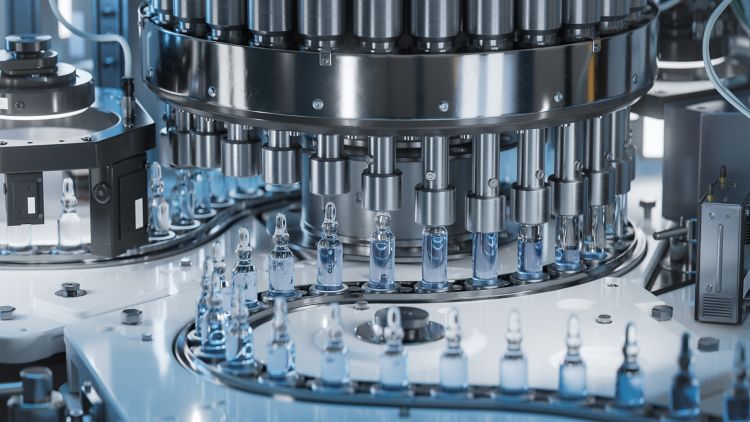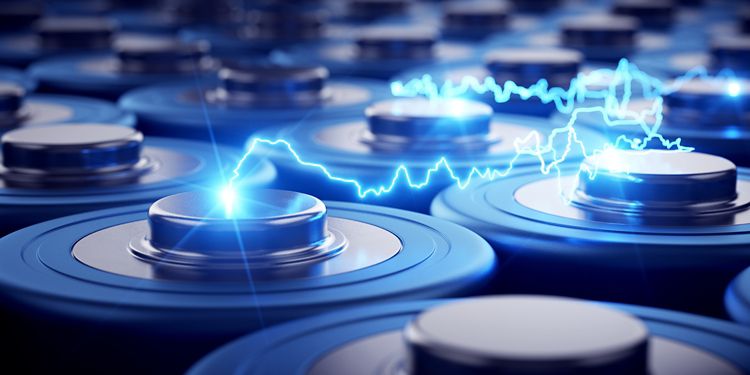Single-standard calibration and adjustable injection volumes if the sample concentration exceeds the calibration range (either manually or as a logical automated method) within a variable volume range of 4–200 µL (dilution factor 1:50).
Optimizing lab efficiency with MiPT for versatile, high-precision sample handling
Aug 12, 2024
Article
The most-used injection technique in ion chromatography (IC) is full-loop injection. This technique is both easy and highly reproducible. As the IC system is always calibrated to inject an identical volume, the absolute value of the injection loop volume is not important. However, in some cases it can be more convenient to inject variable volumes of samples or standards into the IC. So-called «partial-loop injection» makes IC analysis more flexible and convenient. The Metrohm intelligent Partial-Loop Injection Technique (MiPT) takes this to another level of precision with fully automated liquid handling steps performed by a Dosino.
How does the partial-loop injection technique work?
To perform partial-loop injection, a large loop (typically 250 µL) is partially filled with sample solution which is subsequently injected into the IC. The injected volume is used for the automatic calculation of the final concentration in the chromatographic software (e.g., MagIC Net).
Using the Metrohm intelligent Partial-Loop Injection Technique (MiPT), an 800 Dosino aspirates the sample solution (or standard solution) from its vial into the buffer tubing while bypassing the sample valve (Figure 1, left). After switching the sample valve to fill, the Dosino loads the loop with the specified sample volume (Figure 1, center). The partially filled loop of sample is then injected into the IC (Figure 1, right). In the case of the 250 µL loop, the injected sample volume can be between 4 µL and 200 µL.
![1) Sample (red) transfers into a buffer loop (left). 2) Injector switches to fill and loads the loop with a precisely defined sample volume by a Dosino. 3) injection of the sample volume to the ion chromatograph [1,2]. Partial-loop injection process. 1) Sample (red) transfers into a buffer loop (left). 2) Injector switches to fill and loads the loop with a precisely defined sample volume by a Dosino. 3) injection of the sample volume to the ion chromatograph.](https://metrohm.scene7.com/is/image/metrohm/MiPT_figure_from Monograph_81085070EN_Figure 25?qlt=85&wid=1600&ts=1722856784928&dpr=off)
 Share via email
Share via email








